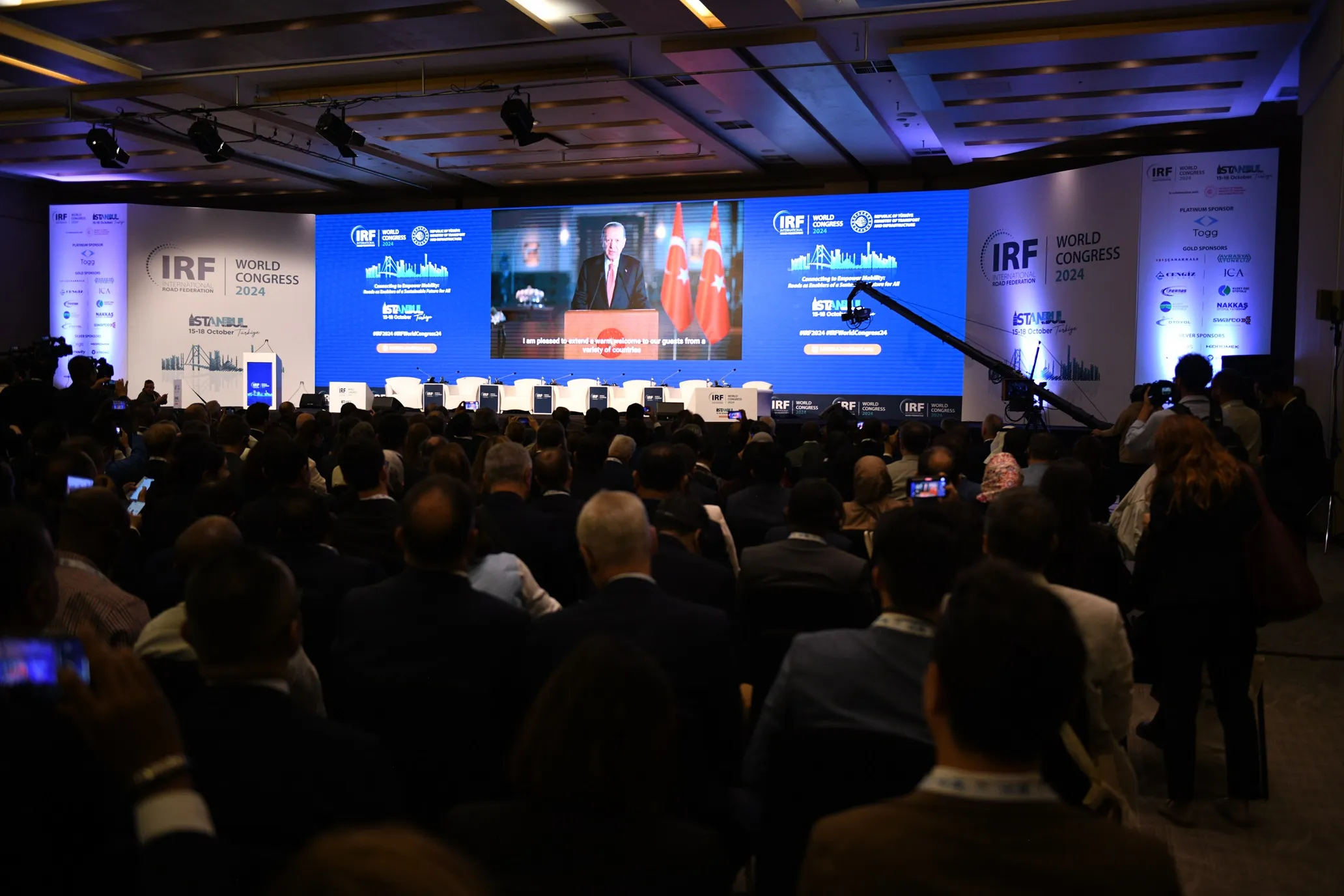In what is reported to be the largest ITS project in the country to date, the
Specialist tolling solutions company, Tolllink, which is located in Pretoria, South Africa, is leader of the Teti consortium, which has been awarded this contract. In all the deal is worth some US$117.5 million to the Teti consortium, with Tollink receiving a significant share of the total.
"This contract is a big success for our team in South Africa. With this project, the Efkon Group will strengthen its position as a leading provider of ITS solutions," says Dr. Raimund Pammer, founder and CTO of Efkon AG.
The focus of this new ITS system, which will see services launched for road users in 2012, is to optimise the use of infrastructure, reduce delays, and improve safety on highways. Cameras and traffic sensors will monitor traffic conditions and identify potentially dangerous situations that may occur, such as debris on a roadway or unsafe working conditions at a work zone). The use of variable message signs, SMS messages, e-mails and a website will provide information to drivers and help reduce travel delays.










